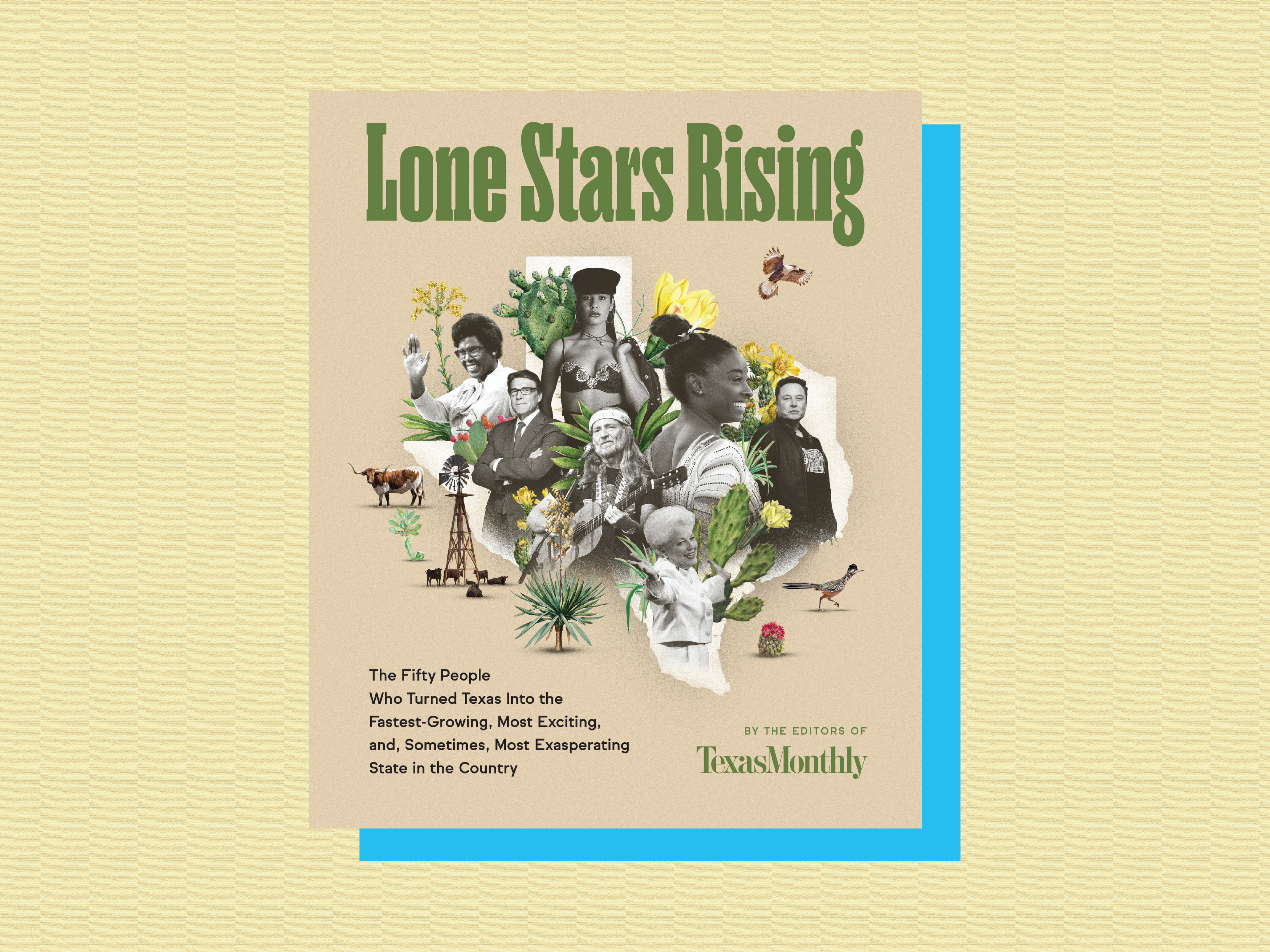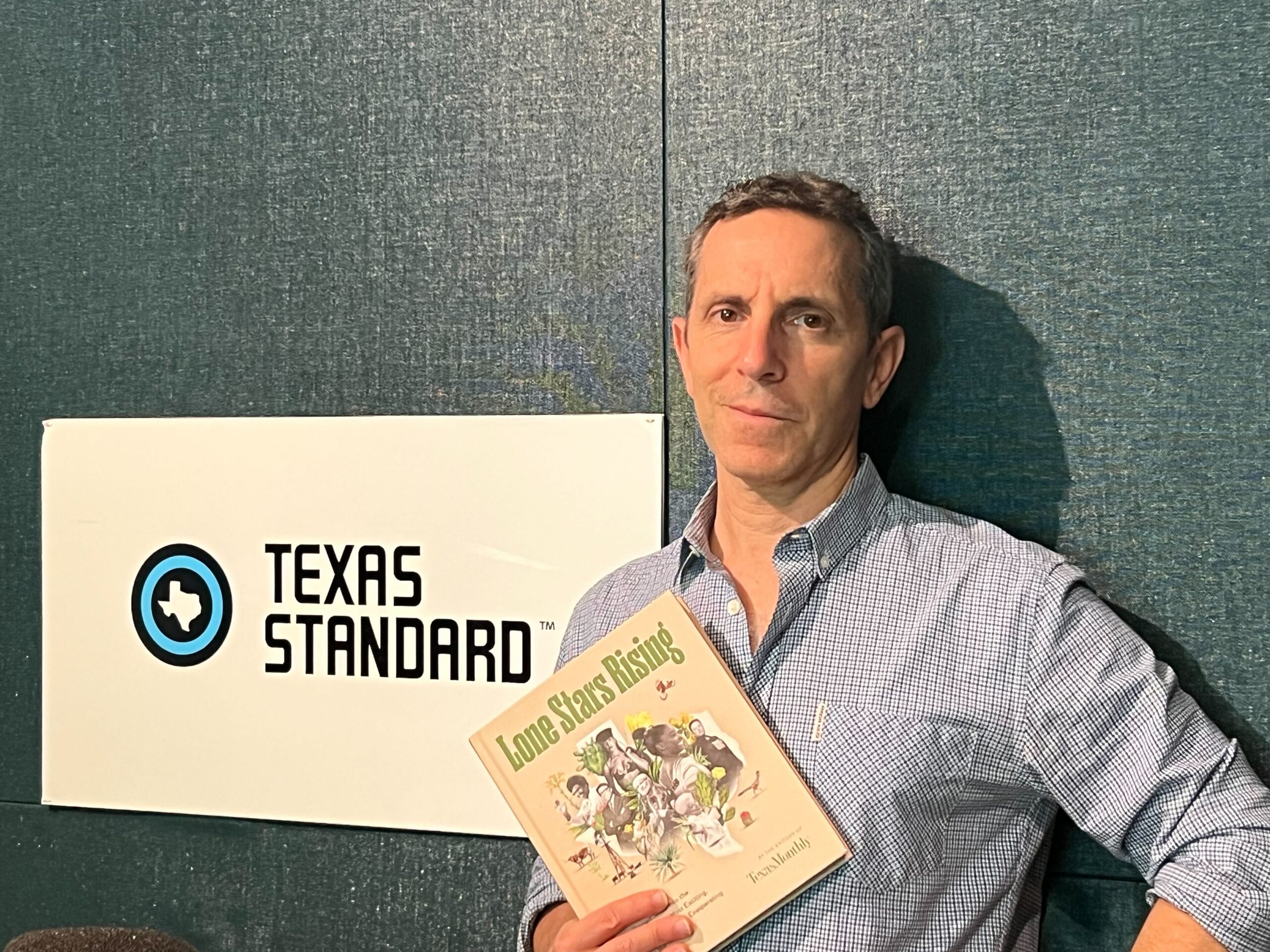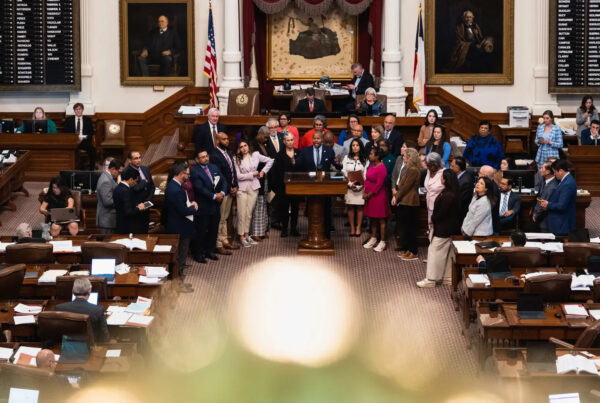From Sam Houston to Beyoncé, George Strait to Lyndon Johnson, Selena Quintanilla to Karl Rove, the Lone Star State has always been home to some of the biggest names in culture and politics in American history.
Texans have been so prolific, you’d think it’d be impossible to narrow the state’s most influential figures to a list of just five or ten.
What about 50, though?
That was a challenge the folks at Texas Monthly put upon themselves with a new book called Lone Stars Rising: The Fifty People Who Turned Texas Into the Fastest-Growing, Most Exciting, and, Sometimes, Most Exasperating State in the Country.
Jeff Salamon is a deputy editor at Texas Monthly and he came on the Texas Standard to talk about the book. Listen to the story above or read the transcript below.
This transcript has been edited lightly for clarity:
Texas Standard: This book starts in the 1970s and is a series of essays documenting the state’s most influential figures. I think some of these names are rather big in pop culture. What was the motivation for putting this together? Couldn’t have had anything to do with a certain anniversary of Texas Monthly.
Jeff Salamon: It in fact did have something to do with that anniversary. Texas Monthly turns 50 years old this year. Our very first issue was February 1973. And so we’re doing a whole bunch of things for the 50th anniversary. We had a big anniversary issue in February, and we already have an agreement with Harper Web, a division of Harper Collins, to put out a series of books. And this is the third one. And we were looking back at the past 50 years of Texas history during the whole time that Texas Monthly has been around. And we wanted to come up with a book that would really do something interesting about that half century. And at one point, we talked about maybe the 50 most important events of the past half century. And then we thought about maybe it would be like a mix of events and people and things. And then we really narrowed it down to “let’s just write about people.” People like reading about people. So why not?
And really, we didn’t think about this at the outset, but it sort of became apparent as the book was coming together. One thing that really wound up being fortuitous about writing about people was I realized as the stories started coming in that our writers really knew a lot of these people. These weren’t just people they were reading about or watching on TV. But, you know, for instance, Robert Draper, who’s a former staff writer for the magazine who’s now at The New York Times, he reported on George W. Bush from the time Bush was governor, through his presidency – has written a whole lot about him. And so when you read Rob’s piece on Bush, it’s a great piece. First of all, you know, he definitely tells you here’s what was good and bad about Bush as governor and here’s what was good and bad about Bush as president. But he also gives you a sense of what it was like being around the man. You know, he reported on him for so long that eventually they were familiar enough with each other that Bush would make fun of Robert’s tie or his scuffed shoes. And Robert can tell you, you know, “here’s how Bush treated the people around him. This is what he was like up close.”















